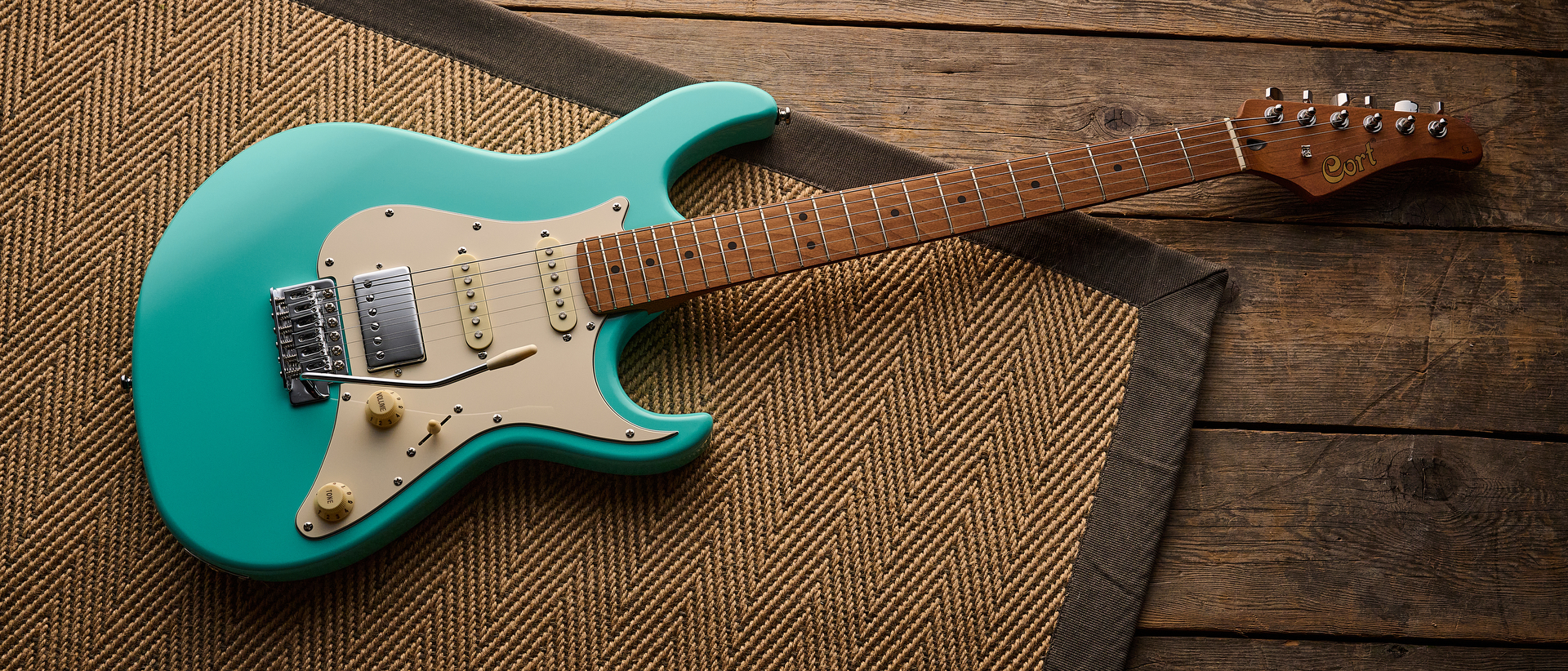How a love of jazz chords and alternate tunings inspired Soccer Mommy's most boundary-pushing album yet
Sophie Allison is a guitar diehard, best showcased in the expansive tones of new album Sometimes, Forever – here she explains her individualistic approach to the instrument

Ever since she was a tyke, 25-year-old Nashvillian Sophie Allison – better known as indie rock/pop-rocker Soccer Mommy – has found guitar to be the key to unlocking inspiration.
She remembers falling in love with the guitar at a show at her brother’s preschool, then receiving a “crappy nylon-string guitar” and “banging on it until my parents got me a small acoustic I could take lessons on”. She hasn’t looked back since, continuing to improve her skills over the years – and the albums.
With each new record, Allison keeps pushing herself further out of her comfort zone – a zone fueled by her love of everything from Taylor Swift and Avril Lavigne to the Smiths and the Cure. That drive for discovery continues on Soccer Mommy’s third effort, Sometimes, Forever, which was produced by Daniel Lopatin, aka Oneohtrix Point Never, who ensured that the guitars – played by Allison and bandmates Julian Powell and Rodrigo Avendano – stayed front and center.
“Dan was really excited about getting cool, atmospheric and shoegazey guitar parts,” Allison says. “[The album] has a lot of stuff that seems familiar to people who already like our music, but also it has a lot of stuff that’s new and exciting and pushes outside of some genre boundaries.”
When it comes to writing new music, Allison says the guitar is key. “Writing the guitar parts always comes first for me because that’s how I build melodies,” she says. “I could never write a song without a guitar.” She’s always looking for interesting chords to play. Jazz chords especially interest her, as they allow her to get “a bit more creative and get some interesting sounds”.
“I feel it drives the music I write because I want to be able to have a song that has good lyrics and a catchy melody and everything,” she says. “But the thing I always start with is chord progressions, and that’s kind of what inspires me to write a song.”
She’s also been known to mess around with an alternate tuning or two. For example, she used a D# F C F G C tuning for the first time on Following Eyes, noting that “it was cool to create something fairly quickly from it without knowing the neck in that tuning very well”.
All the latest guitar news, interviews, lessons, reviews, deals and more, direct to your inbox!
A variety of guitars were used to achieve Sometimes, Forever’s unique sounds. The pickups in her Novo are well voiced for her riff-driven, shoegazey power chords, while her Strat provides a brighter sound that’s “a bit cleaner and less gritty”. Her Fender Jaguar gives her a “fatter, darker sound” on the aforementioned Following Eyes. “It gives it kind of a beefiness when I’m playing,” she says. “I’m playing a riff on that song mostly, rather than chords, and it has a nice heaviness to it.”
- Sometimes, Forever is out now via Loma Vista.
Josh is a freelance journalist who has spent the past dozen or so years interviewing musicians for a variety of publications, including Guitar World, GRAMMY.com, SPIN, Chicago Sun-Times, MTV News, Rolling Stone and American Songwriter. He credits his father for getting him into music. He's been interested in discovering new bands ever since his father gave him a list of artists to look into. A favorite story his father told him is when he skipped a high school track meet to see Jimi Hendrix in concert. For his part, seeing one of his favorite guitarists – Mike Campbell – feet away from him during a Tom Petty and the Heartbreakers concert is a special moment he’ll always cherish.

